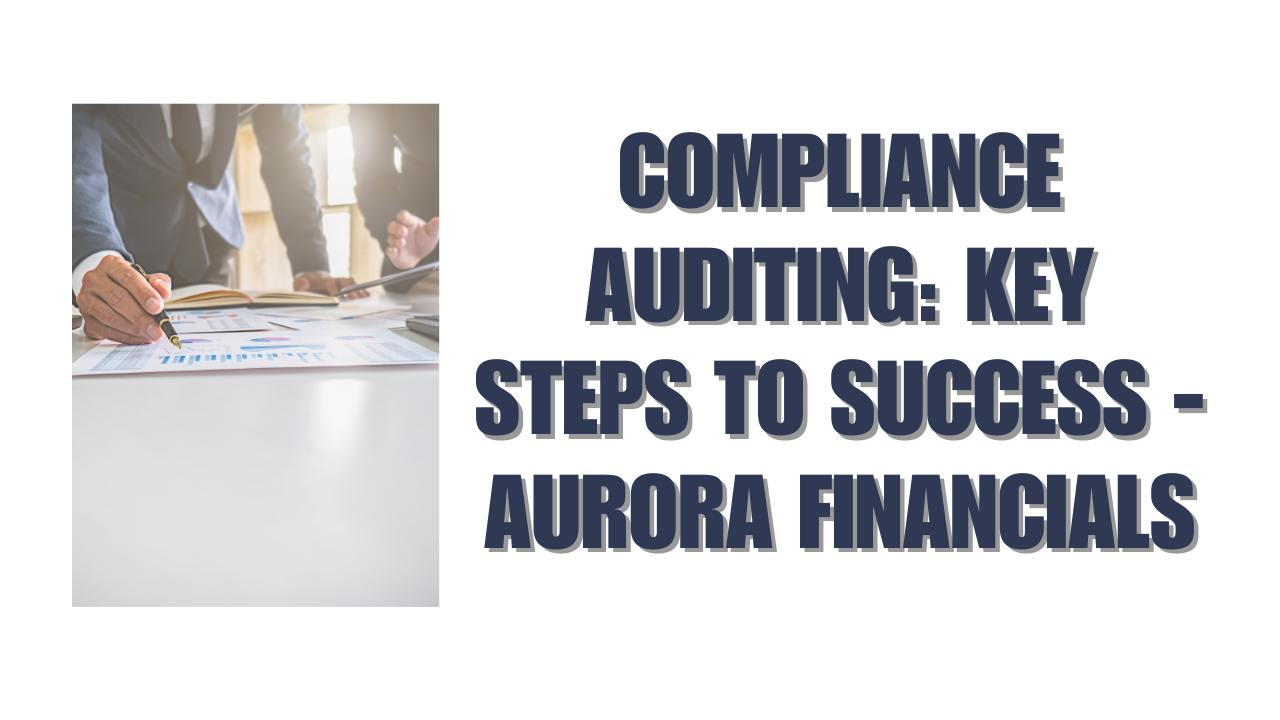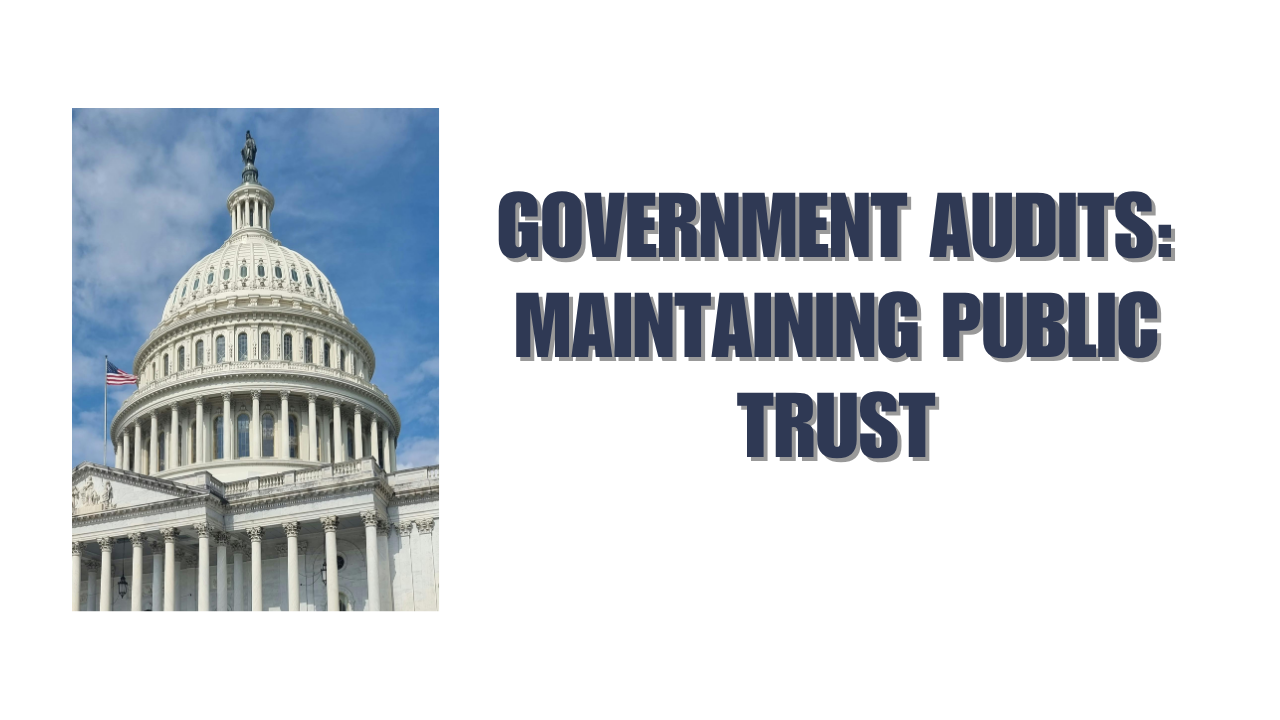Companies can face fines of up to €20 million or 4% of their total annual turnover when they fail compliance audits under GDPR. This reality shows why compliance audits matter so much in today’s regulatory world.
A compliance audit happens when independent auditors evaluate how well an organization follows regulatory requirements and frameworks. Many organizations don’t deal very well with compliance testing and standards implementation. The risks go way beyond just paying fines. Companies face potential lawsuits and lose their customers’ trust. Organizations that process over 6 million credit card transactions annually need formal compliance audits, yet they often miss vital elements during these checks.
Let’s look at the hidden risks that companies often overlook in their compliance auditing. We’ll see why these oversights happen and find ways to fix them. The analysis covers psychological factors, cultural influences, structural gaps and human elements that shape audit results.
The Psychology Behind Compliance Audit Failures
Recent research shows something shocking: 42% of executives admit they would justify unethical behavior to meet financial targets. This explains why companies keep failing compliance audits despite having strict protocols in place.
Cognitive Biases Affecting Compliance Testing
Cognitive biases badly distort audit outcomes. Confirmation bias guides auditors to confirm only what they expect to see. They ignore contradictory data while looking for information that matches their existing beliefs. Cultural bias makes professionals look at compliance requirements through their own cultural lens. They often miss potential risks in settings they’re not familiar with.
The framing and optimism biases add to the mental load during audits. Eye-tracking studies show these biases make processing harder, which hurts professional skepticism. Negativity bias pushes testers to do too many tests when bugs show up in previous audits. This creates an uneven testing focus.
Organizational Blind Spots in Risk Assessment
Organizations only check a small part of their vendor relationships. This creates major blind spots. They can’t see beyond their third-party vendors into the broader supply chain. This leaves them in the dark about downstream risks. As a result, 66% of investigators struggle to get key evidence.
Short-term thinking is another big blind spot. People focus too much on quick wins during high-pressure times. They don’t think about what it all means down the road. Incomplete vendor lists and wrong priorities leave hundreds of vendors unchecked. Even low-risk vendors could leak sensitive data.
Why Compliance Teams Overlook Critical Evidence
The rush to close cases affects how teams gather evidence. Research shows 53% of investigators feel internal pressure to speed up cases. This leads to rushed or incomplete results. Almost half of all fraud cases never make it to the public eye.
Trust is vital for compliance. Employees who trust their organization and leaders tend to follow standards better. Many compliance teams think unified communication tools give enough oversight. The truth is most archiving solutions can’t fully capture modern messaging platforms.
Poor communication flow breaks down compliance. Information that moves through incomplete or hierarchical channels messes up decision-making. Teams end up making choices based on partial information. Small mistakes turn into bigger compliance failures without proper processes to guide investigations from start to finish.
Cultural Factors Creating Hidden Compliance Risks
Corporate culture shapes how organizations handle compliance auditing at a fundamental level. This creates hidden risks that standard audit processes don’t catch. A PwC survey revealed that 67% of executives think culture matters more than strategy or operations, but they avoid evaluating it because they feel uncomfortable or lack proper measurement tools.
The Danger of ‘Check-Box’ Compliance Mentality
Many organizations see compliance activities as boxes to tick rather than addressing real risks. This mindset creates substantial blind spots, especially when regulatory strategy relies only on compliance checklists. Security and risk experts criticize this approach consistently. While it might keep auditors happy temporarily, it doesn’t help protect against actual attacks. Static checklists leave companies exposed between audits and unprepared for emerging threats. Compliance officers call this the dreaded “compliance blind spot”.
How Leadership Attitudes Shape Audit Outcomes
Leaders’ behavior shapes organizational standards and how employees view security’s importance. The “tone at the top” matters because staff members tend to copy their leaders’ attitudes and actions. Studies show that organizations with strong ethical cultures help create effective leadership practices. Bad or toxic cultures hurt leadership effectiveness in audit teams, which leads to poor results and higher risks. Leaders must adapt quickly and think strategically to guide their audit teams through complex situations.
Cross-Departmental Communication Breakdowns
Strong compliance programs need different company departments to work together effectively. Communication gaps between departments often result in mixed risk definitions and conflicting priorities. Departments might focus on immediate risks instead of looking at company-wide goals, which makes risk management less effective. Technology barriers make it harder to share and combine data, which complicates getting a full picture of risks. Companies can break these communication barriers by creating cross-functional teams and scheduling regular meetings between departments.
Structural Gaps in Compliance Auditing Guidelines
Organizations face a dangerous reality – 70% report they don’t have enough resources for compliance functions. This weakness represents just one part of bigger systemic problems that undermine how well compliance audits work.
Inadequate Resource Allocation for Compliance Functions
Resource shortages hamper compliance departments by a lot. Beyond the 70% that lack overall resources, 35% don’t have enough for compliance training. Another 25% can’t properly fix compliance weaknesses or tell senior management about concerns. These gaps create major blind spots because compliance officers need independence and proper funding to keep programs working well. The situation looks grim as 40% of compliance departments can’t hire more staff. Budget cuts affect over a quarter (26%) of departments. These constraints make it nowhere near possible to handle growing regulatory demands.
Misalignment Between Audit Scope and Actual Risks
Surveys show big gaps between known risks and actual audit work. To cite an instance, companies ranked economic changes as their second-highest risk but made it only their eleventh priority for audit efforts. Static views about risk assessment and resource planning cause this mismatch. Compliance programs don’t tackle the most urgent problems because audit scopes fail to match real-life risk profiles. This creates a dangerous situation where major threats go unchecked while teams focus on less important areas.
Outdated Compliance Frameworks vs. 2025 Realities
Today’s complex regulatory environment makes traditional compliance frameworks less effective. Companies need to embed cybersecurity and data privacy into daily operations instead of doing yearly “check-box” reviews. Notwithstanding that, many companies stick to old point-in-time audit methods that can’t keep up faster with new regulations like the upcoming Data Use and Access Bill and Cyber Security and Resilience Bill. IT compliance teams don’t deal very well with these requirements, especially when you have multiple frameworks to follow. Teams waste too much time collecting data manually rather than managing strategic risks because they lack the right technology to streamline overlapping requirements.
The Human Element in Third-Party Compliance Failures
Human error remains the biggest reason for third-party compliance failures. The numbers tell the story – 88% of data breaches happen because of employee mistakes. This shows how important it is to focus on the human side of compliance.
Vendor Management Oversights
Many organizations don’t pay enough attention to their third-party oversight. This creates big gaps in compliance. Companies often approve vendors with obvious warning signs without proper compliance checks. They also don’t review questionnaires after collecting them. FINRA found several serious problems. These include poor documentation of vendor cybersecurity controls and weak management throughout the vendor lifecycle. The reasons for these failures are straightforward:
- Companies bypass their own processes
- Due diligence forms stay incomplete
- Nobody owns the evaluation process
- Nobody knows how to end vendor relationships
Poor third-party management makes human errors more likely in contract management and partner coordination.
Remote Workforce Compliance Challenges
Remote work brings its own set of compliance headaches. While 60% of Americans want to work remotely “as much as possible,” this new way of working blurs tax responsibilities and creates confusion about jurisdiction. Companies don’t deal very well with figuring out which labor laws apply when employees live in different states or countries. They also find it harder to track working hours, calculate overtime, and make sure employees take proper breaks. Organizations need strong cybersecurity to protect sensitive data that employees access from home. At the same time, they must follow regulations like GDPR and CCPA.
Aurora Financials: Supporting Audit Needs in the Cook Islands
Aurora Financials offers audit and assurance services to clients across the Cook Islands through a fully remote service model. While Aurora does not maintain a physical office in the Cook Islands, the firm brings its established expertise from working with clients across New Zealand and the wider Pacific region.
By leveraging cloud-based tools, secure platforms, and a client-focused approach, Aurora delivers efficient, transparent, and fully compliant audit services. This remote-first model is especially valuable in the Cook Islands, where access to qualified professionals can be limited, and digital collaboration continues to gain traction.
Conclusion
Compliance audit failures impact organizations well beyond financial penalties. Our analysis shows how psychological biases, cultural factors, structural gaps, and human elements create hidden risks that many organizations miss.
A checklist-based approach to compliance doesn’t work anymore. The numbers tell a compelling story – 88% of data breaches come from human error, and 70% of organizations don’t have enough compliance resources. These facts point to an urgent need for integrated audit approaches that tackle both technical and human aspects of compliance.
The regulatory landscape of 2025 demands focus on three key areas. Organizations need psychological safeguards against cognitive biases. They should build cultural foundations that reinforce compliance initiatives. A flexible framework must adapt to new regulations while keeping standards high.
Traditional point-in-time audits no longer suffice – continuous compliance monitoring is essential. Organizations that tackle these hidden risks head-on protect their bottom line, reputation, and customer trust better.
Compliance auditing is a vital defense mechanism against regulatory violations and operational risks. Companies that put resources into addressing these overlooked aspects build stronger, more resilient compliance programs for tomorrow.
FAQs
Q1. What are the main psychological factors affecting compliance audits in 2025?
Cognitive biases, such as confirmation bias and cultural bias, significantly impact audit outcomes. These biases can lead auditors to overlook critical evidence and misinterpret compliance requirements, potentially resulting in audit failures.
Q2. How does corporate culture influence compliance audit effectiveness?
Corporate culture shapes how organizations approach compliance auditing. A ‘check-box’ mentality, leadership attitudes, and cross-departmental communication breakdowns can create hidden risks that traditional audit processes often fail to detect.
Q3. What structural gaps commonly exist in compliance auditing guidelines?
Many organizations face inadequate resource allocation for compliance functions, misalignment between audit scope and actual risks, and outdated compliance frameworks that struggle to address 2025’s complex regulatory environment.
Q4. How does the rise of remote work impact compliance challenges?
Remote work introduces complexities in tax responsibilities, jurisdictional confusion for labor laws, difficulties in tracking work hours and breaks, and increased cybersecurity risks. Organizations must adapt their compliance strategies to address these unique challenges.
Q5. Why is proper training crucial for preventing compliance audit failures?
Insufficient training can lead to critical misunderstandings about the purpose of audits, failure to exercise due professional care, and inability to recognize important issues like related party transactions. Proper training helps auditors maintain professional skepticism and conduct more effective compliance audits.






